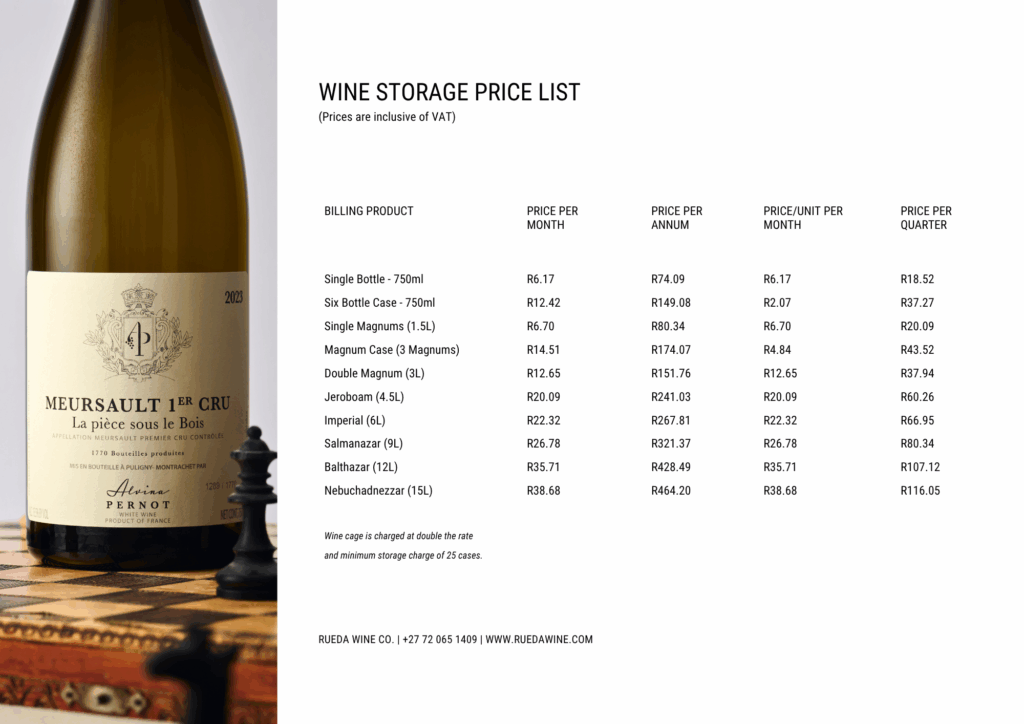Understanding wine labels is an essential skill for any wine enthusiast. Labels hold the key to discovering the unique characteristics of what is inside the bottle. Vintage, varietal, and region hold the keys to a wealth of information. Informed and experienced selections enhance your wine-drinking experience. Becoming proficient in reading these labels is easy and pays long-term dividends. You’ll soon be distinguishing between South African wine and its international counterparts or navigating the intricate labelling conventions of French and Italian wine. This guide will translate these terms and provide practical tips for selecting the perfect wine for any occasion. Embark on this journey with Rueda Wine Co. (RWC) and elevate your appreciation for the world of fine wines.
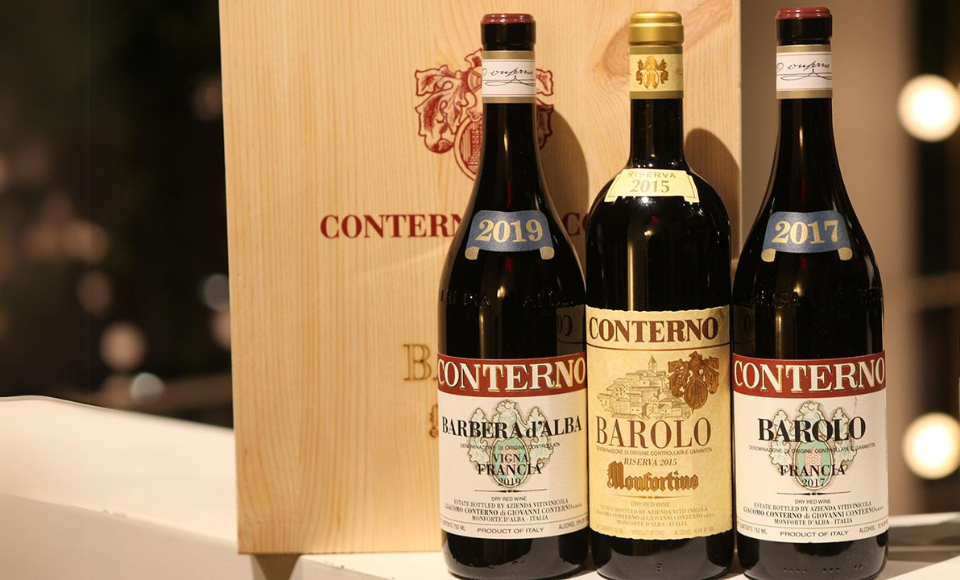
Importance of Reading Wine Labels
Interpreting wine labels is crucial for making informed decisions. Wine labels provide key information such as the vintage, varietal, and region. They offer insights into what you can expect from the wine. Knowing the vintage can help determine the wine’s age and potential flavour profile. The varietal tells you the type of grape used, which determines taste, aroma, and ageability. Recognising the region can inform you about the terroir and climate affecting the wine’s characteristics.
South African wine labels might highlight unique regional qualities distinct from French or Italian wines. A French Syrah differs markedly from a South African or Australian Shiraz. A South African Chenin Blanc, too, is distinct from one hailing from the Loire. You can refine your wine selection process by learning what to look out for on labels. That knowledge ensures that each bottle you choose aligns with your preferences and enhances your drinking experience. This skill is particularly valuable when exploring new wines or purchasing high-quality imported wines.
Key Wine Terminology
Understanding key wine terminology can significantly enhance your ability to interpret wine labels. Terms like vintage, varietal, and region are foundational. The vintage refers to the year the grapes were harvested. It’s a major clue to the quality of the wine establishing that year’s climactic conditions. The varietal specifies the type of grape used. This can be Chardonnay or Merlot, each of which offers unique flavour profiles. The region indicates where the grapes were grown. Certain terroirs are synonymous with higher-quality grapes.
Additionally, terms like “reserve” or “estate bottled” can provide further insights into the wine’s quality and production methods. For example, French wine labels often include the term “Appellation d’Origine Contrôlée” (AOC). This is a promise that the wine within the bottle is subject to acute quality controls and from a specific appellation. Familiarising yourself with these terms will enable you to make more informed choices. And, as your knowledge deepens, you’ll begin selecting wines that match your preferences and events.
Navigating Wine Label Information
Navigating wine label information initially seems daunting, so here’s an easy guide. Start by identifying the vintage and the year the grapes were harvested. Next, look for the varietal. Whether it’s a Cabernet Sauvignon or a Chardonnay, it sets expectations for its flavour profile. Next, the region must be identified to understand the influences of terroir. South African wine labels highlight unique characteristics influenced by the country’s diverse climates. Additionally, pay attention to terms like “estate bottled,” indicating the wine was made and bottled at the same estate. Other useful information includes alcohol percentage, which can hint at the wine’s body and intensity.
Understanding these elements will inform your choices and enhance your overall experience. Consider, too, the tasting notes. Do the flavours sound appealing to you? Are you going to pair the wine with food? Look at the pairing notes to help you decide what may go best with the wine. This is a good starting point, but further reading on tasting notes will help. Attending tastings and courses can sharpen your palate and enhance your appreciation of wine.
Decoding Wine Terminology
What is Vintage?
The vintage refers to the year the grapes were harvested. It can be a crucial clue in determining a wine’s character. Climate conditions in a given year, such as temperature and rainfall, impact the quality and flavour of the grapes. A hot, dry year might produce grapes with higher sugar content. This results in a fuller-bodied wine. Conversely, a cooler year might produce grapes with higher acidity. Cooler-grown grapes tend to produce crisper and more refreshing wines. Understanding vintage is particularly important for wines from regions with variable climates. Bordeaux or Burgundy wines vary greatly from year to year. A South African wine from a particularly favourable year might exhibit exceptional quality. Furthermore, some wines are designed to age well. Vintners often indicate this ageing potential. Knowing the vintage lets you better predict the wine’s taste profile and decide if it suits your preferences.
Understanding Varietal
The term “varietal” refers to the type of grape used to make the wine. Varietal defines a wine’s flavour, aroma, and overall character. Each grape variety has unique traits. Cabernet Sauvignon, for example, is known for its bold, tannic structure and dark fruit flavours. Conversely, Pinot Noir is celebrated for its lighter body and red fruit notes.
Understanding the varietal helps you anticipate the wine’s profile. In regions like France (and the rest of the Old World), wines are often labelled by region rather than varietal. This can be confusing as it presupposes familiarity with local grapes. For example, Burgundy typically produces Pinot Noir and Chardonnay. However, South African (and the rest of the New World) wine labels often indicate the varietal directly, simplifying the selection process. Familiarity with different varietals enhances your ability to explore and appreciate the diverse world of wine. Over time, your deepening knowledge will guide you to selections that match your preferences and culinary pairings.
The Role of Region
The region where a wine is produced, often referred to as its “terroir,” profoundly impacts its characteristics.
Terroir can mean:
- Vineyard’s Climate
- Soil conditions
- Topography
- A winemaker’s skill and techniques
- Generational Knowledge
- Sometimes, the very soul of a place
For instance, French wine regions like Bordeaux and Burgundy are renowned for exemplary terroirs that yield distinctive flavours. Similarly, South African wine regions such as Stellenbosch offer unique conditions that contribute to the wine’s profile.
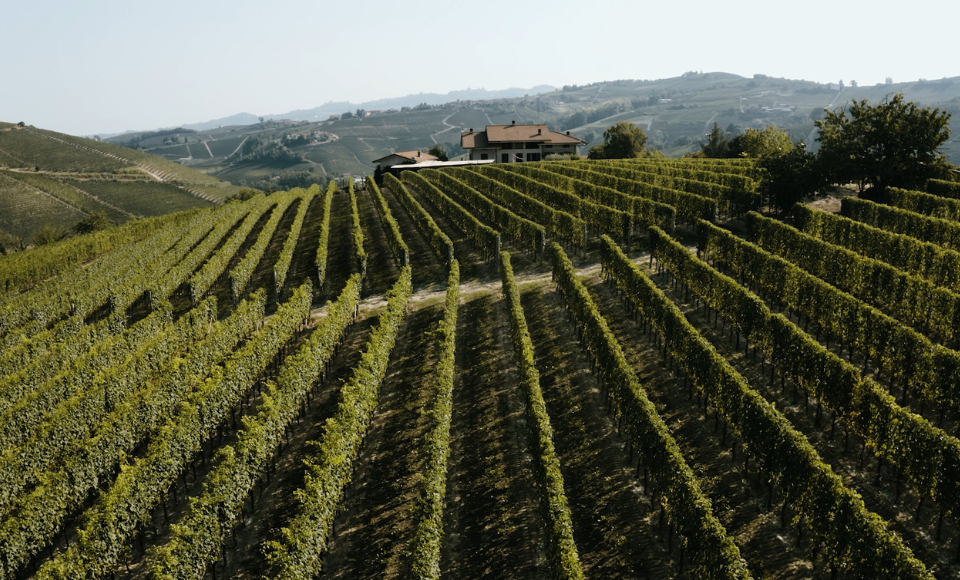
The region can also dictate the types of grapes grown. Italy’s Tuscany is celebrated for its Sangiovese grapes. While France’s Champagne region is famous for its sparkling wines of primarily Chardonnay, Pinot Noir and Pinot Meunier. Understanding the region’s role helps you appreciate a wine’s nuances and make informed choices. Recognising regional labels and knowing what to expect from different terroirs can help you become more discerning, ensuring a more satisfying drinking experience.
Regional Wine Differences
South African Wine Labels
South African wine labels provide a wealth of information to help you make an informed choice. Unlike some European wines, which often emphasise the region over the grape variety, South African labels typically indicate the varietal prominently. This makes it easier to understand what type of wine you purchase. Be it a vigorous Shiraz or a crisp Chenin Blanc. Additionally, South African labels often include details about the specific vineyard or estate. These offer insights into the wine’s origin and production methods.
The regions within South Africa, such as Stellenbosch, Paarl, or Malmesbury, may also be highlighted. These terroirs inform you of the soil and climate conditions that influence the wine. Malmesbury has shale and schist, often resulting in medium-bodied wines with strong finishes. Meanwhile, Stellenbosch’s sandstone and granite often allow fruitier notes and bolder aromatics to develop.
Understanding these elements can help you appreciate the unique characteristics of South African wines. By familiarising yourself with these labels, you can better navigate the diverse offerings from this dynamic wine-producing country.
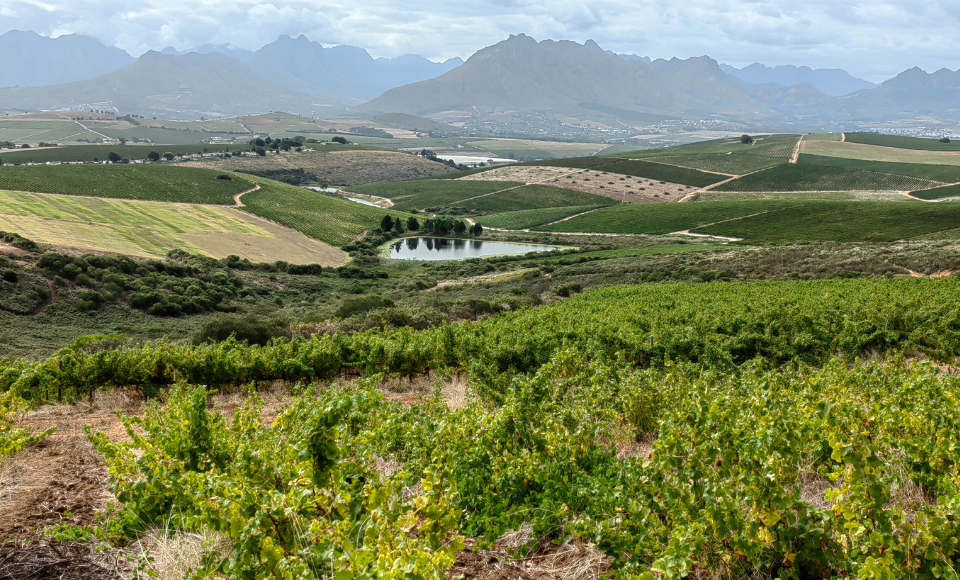
French Wine Labels
French wine label conventions can be intricate. The detailed appellation hierarchy reflects the country’s rich winemaking heritage. Unlike New World wines, which prominently feature the grape varietal, French labels often emphasise the region or appellation. The “Appellation d’Origine Contrôlée” (AOC) label indicates that the wine adheres to strict regulations governing grape types. The AOC also enforces production methods and quality standards. Discernment of the regions is key. For instance, a wine labelled “Bordeaux” will primarily contain Cabernet Sauvignon and Merlot. A “Burgundy” label will feature Pinot Noir and Chardonnay. (Or maybe even Gamay or Aligote).
The vintage year is almost always included, indicating the year the grapes were harvested. Additional terms like “Grand Cru” or “Premier Cru” denote the quality of the grapes, terroir, and the stature of the vineyard. Familiarity with these conventions lets you decode the label and anticipate the wine’s characteristics. And, as your skills deepen, you’ll feel confident selecting a bottle that aligns with your taste and enhances your appreciation for French craftsmanship.
Italian Wine Labels
Italian wine labelling rules are designed to convey a wealth of information about the wine’s origin and quality. The labels often feature terms like “Denominazione di Origine Controllata” (DOC) and “Denominazione di Origine Controllata e Garantita” (DOCG). This indicates that the wine meets specific production standards and has been subjected to rigorous quality controls.
The DOCG designation is particularly prestigious, often reserved for Italy’s finest regions and wines. Like French wines, Italian labels often prioritise the region over the grape varietal. For instance, a Chianti from Tuscany typically features a majority of Sangiovese grapes. Conversely, a Barolo from Piedmont is made from 100% Nebbiolo. The vintage is also prominently displayed. Additional information, such as the producer’s name, vineyard, and even specific sub-regions, offer insights into the wine’s character.
Understanding these labelling conventions helps you navigate Italian wines’ diverse and rich landscape, ensuring a more considered selection process.
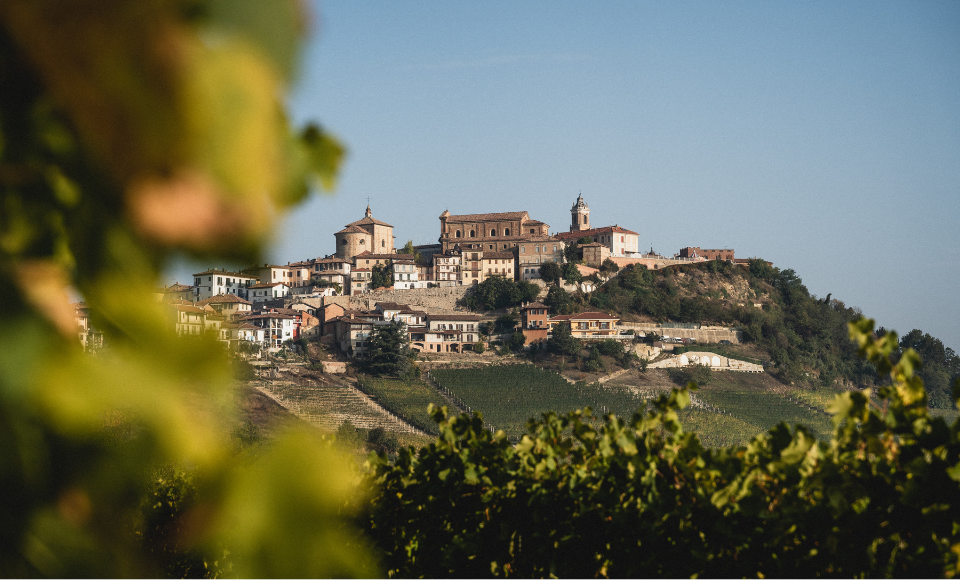
Discovering New Wines
Discovering new wines can be an exciting journey that expands your palate and deepens your appreciation for the diversity of wine. Start by exploring different regions. Each offers unique characteristics shaped by climate, soil, and winemaking traditions. For example, try a bold South African Shiraz, a refined French Burgundy, or an aromatic Italian Barolo. Don’t shy away from lesser-known varietals or emerging wine-producing areas. They often offer surprising quality and value. New Zealand, Chile, Mexico, and many other up-and-upcoming wine regions often have fewer constraints and may astound you with the wines they are producing.
Attend wine tastings, visit wineries, and seek recommendations from knowledgeable sommeliers and vintners. Consider label details such as vintage, varietal, and region to guide your selections. Experiment with food pairings to discover how different wines complement various dishes.
By being open to new experiences and continually learning, you will find new favourites. Actively deepening your understanding of the world of wine makes each bottle a new adventure.
Learning by Tasting
Learning by tasting is one of the most effective ways to deepen your understanding and appreciation of wine. Each tasting experience allows you to explore different flavours, aromas, and textures. Noting the characteristics you identify broadens your understanding of what you enjoy.
Begin by sampling wines from various regions to broaden your palate. Learn to distinguish between and within varietals. Pay attention to the wine’s colour, aroma, and taste. Take notes on your impressions. Attend wine tastings or join a wine club to gain access to a diverse selection of wines and expert guidance. Engage with informed sommeliers or winemakers who can offer insights into the subtleties of each wine. Compare different vintages of the same wine to further distinguish the characteristics you value. Notice how vintage variations and age affect the wine’s character. By actively tasting and reflecting on your experiences, you’ll develop a more refined palate. Over time, this deepens your appreciation for the complexities of wine. Soon, each sip becomes a step in your journey of discovery.
Expert Advice from RWC
At Rueda Wine Co. (RWC), we understand that selecting the perfect wine can sometimes feel overwhelming. Especially with so many options. Our team of experts is here to provide personalised advice tailored to your preferences and needs. We excel at helping our clients explore new varietals, finding the ideal wine for a special occasion, and building diverse collections. We offer insights into regional specialities, vintage variations, and ideal food pairings.
Our state-of-the-art cellaring services also help you store your wines in optimal conditions, preserving their quality for years. By leveraging our expertise, you can confidently navigate the world of fine wines, discovering new favourites and deepening your appreciation for this timeless craft. Reach out to RWC for expert guidance and advance in your wine journey. We are here to help you.
Written By: Rueda Wine Co. Staff Writer
Contributing Writer: Rhett Sinnema
Fact Checked By: Rhett Sinnema and Fernando Rueda
Edited By: Fernando Rueda


